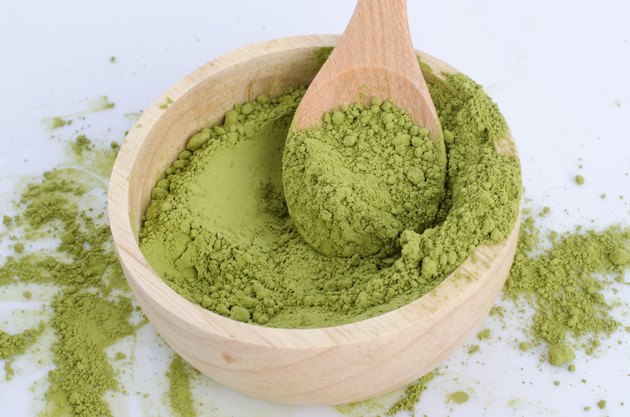 Obese people should eat more spirulina safe without side effects
Obese people should eat more spirulina safe without side effectsIn the face of excessive festivals, gatherings and entertainment, modern people gradually develop a habit of overeating and black and white. What follows is the accumulation of fat caused by imbalances in the body and excess energy. What are the weight loss recipes? Everyone needs to know that there is no absolute weight loss method in the world, because people are different, some people are ...
 Spirulina weight loss Really?
Spirulina weight loss Really?Spirulina weight loss Really?...
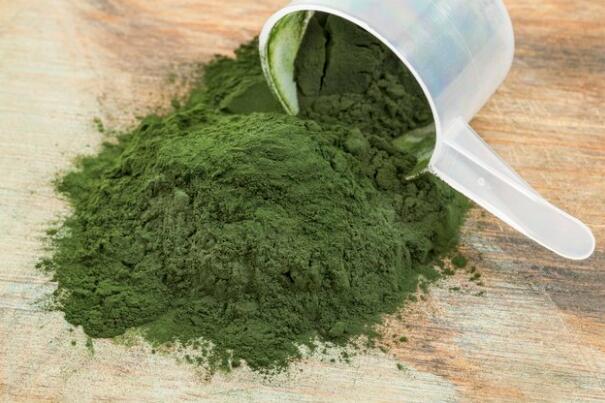 How Much Is the Daily Dosage for Spirulina
How Much Is the Daily Dosage for SpirulinaSpirulina is a nutritious blue-green algae, which exists in supplements and some healthy foods. According to the University of Maryland Medical Center, the typical daily dose of Spirulina is 2,000 to 3,000 mg, usually 500 mg per 4 to 6 copies. The Medical Center reports that even high doses of Spirulina are safe, but if you have phenylketonuria or autoimmune diseases, you should avoid using the al...
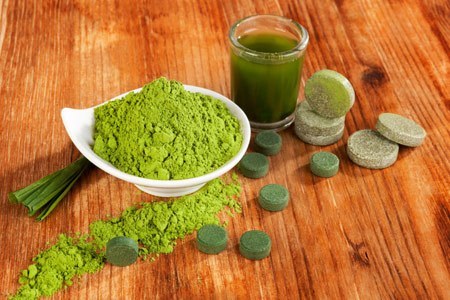 Green A Spirulina Pioneer of Human Resistance
Green A Spirulina Pioneer of Human ResistanceGreen A Spirulina Pioneer of Human Resistance...
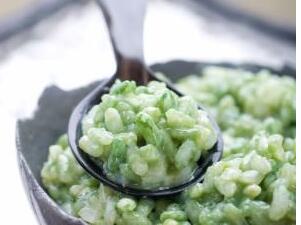 Spirulina's various health benefits
Spirulina's various health benefitsSpirulina is rich in various nutrients such as protein required by the human body. Do you know the effects and functions of spirulina? Spirulina has a wide range of nutritional value, making it into thousands of households and becoming a daily health care product. one. So for our body, where are the effects and effects of spirulina? Let's take a look. Spirulina's various health benefits ...
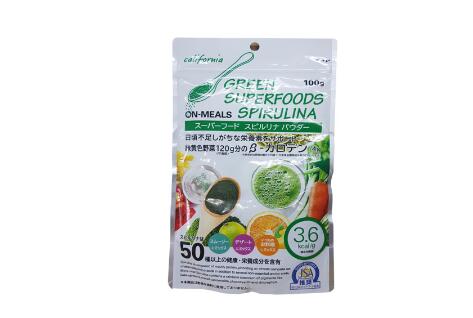 How to eat spirulina powder? Improve gastrointestinal digestion
How to eat spirulina powder? Improve gastrointestinal digestionHow to eat spirulina powder? Improve gastrointestinal digestion...
Sign up to receive exclusive promotions and health recipes via email.

